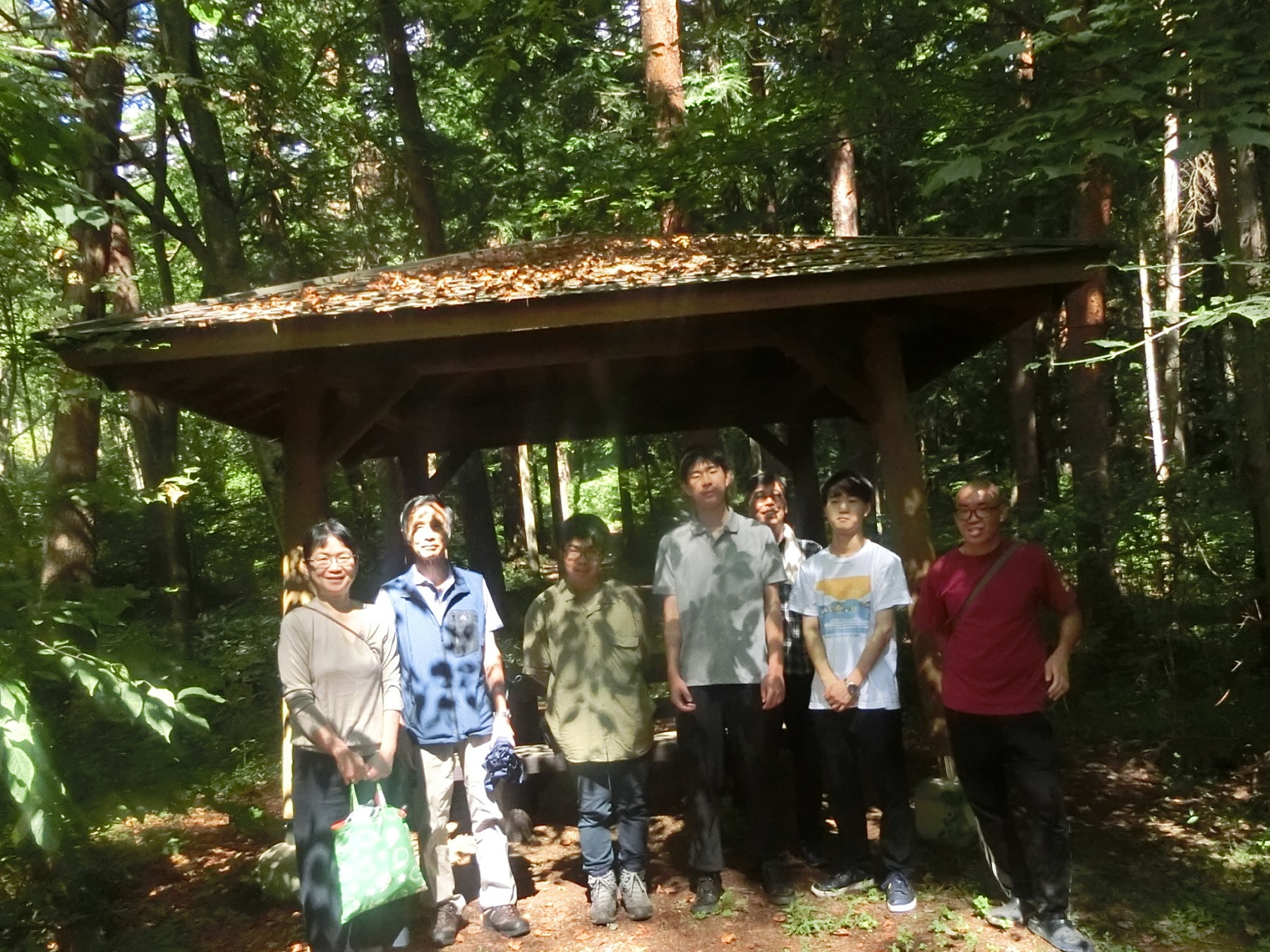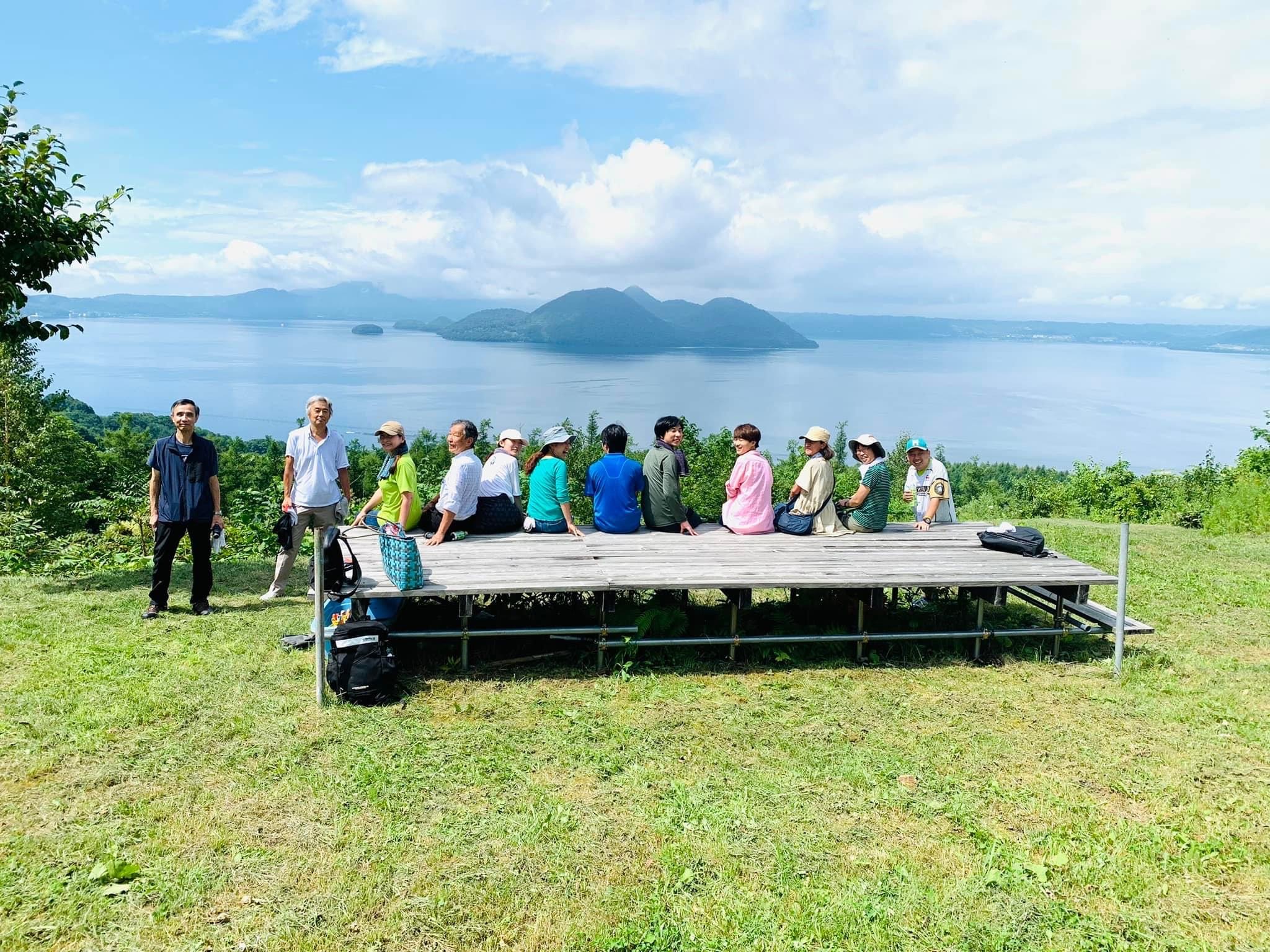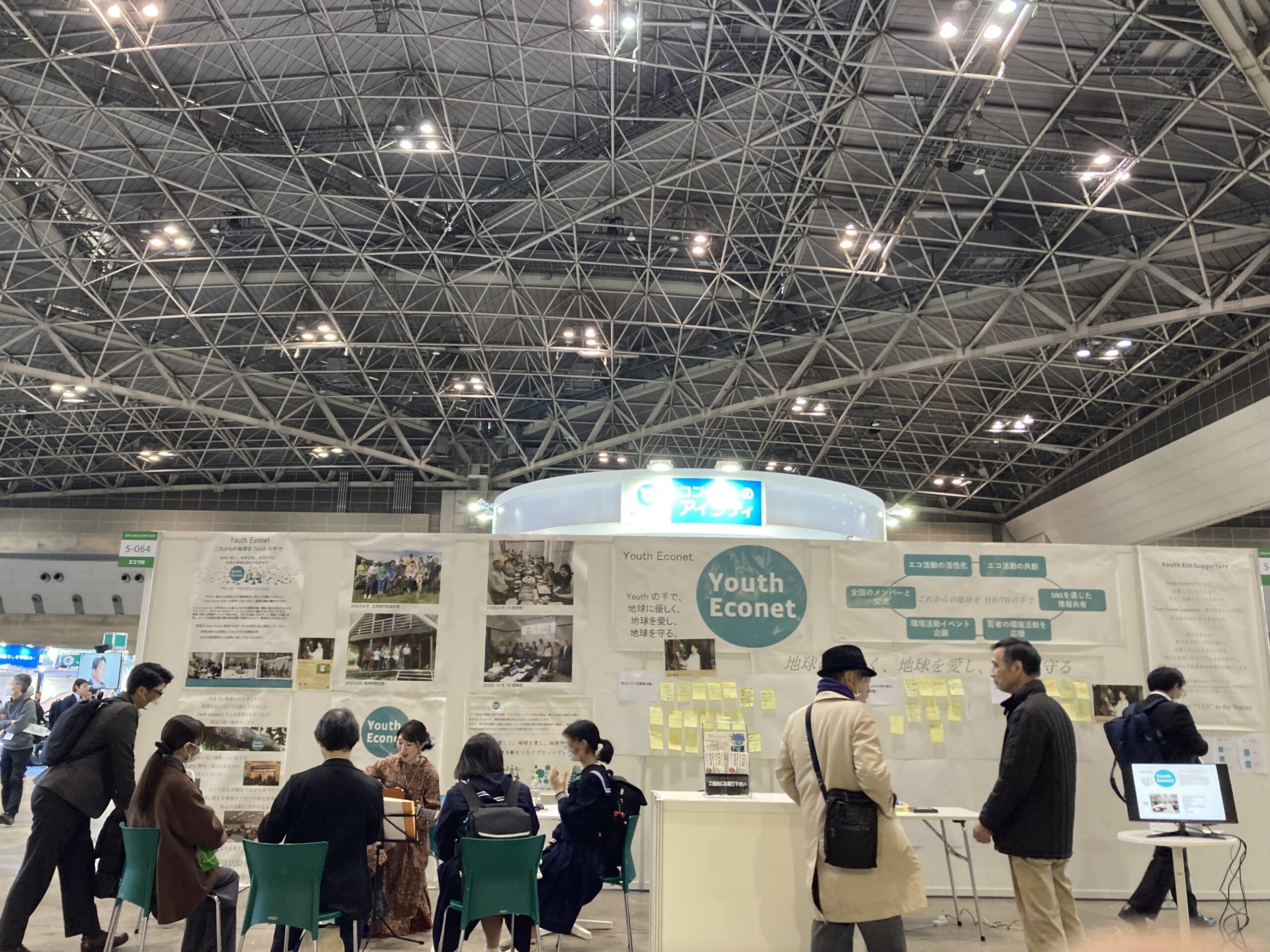The second retreat took place in Ina City, Nagano Prefecture!
We learned about forests together with students from Shinshu University.
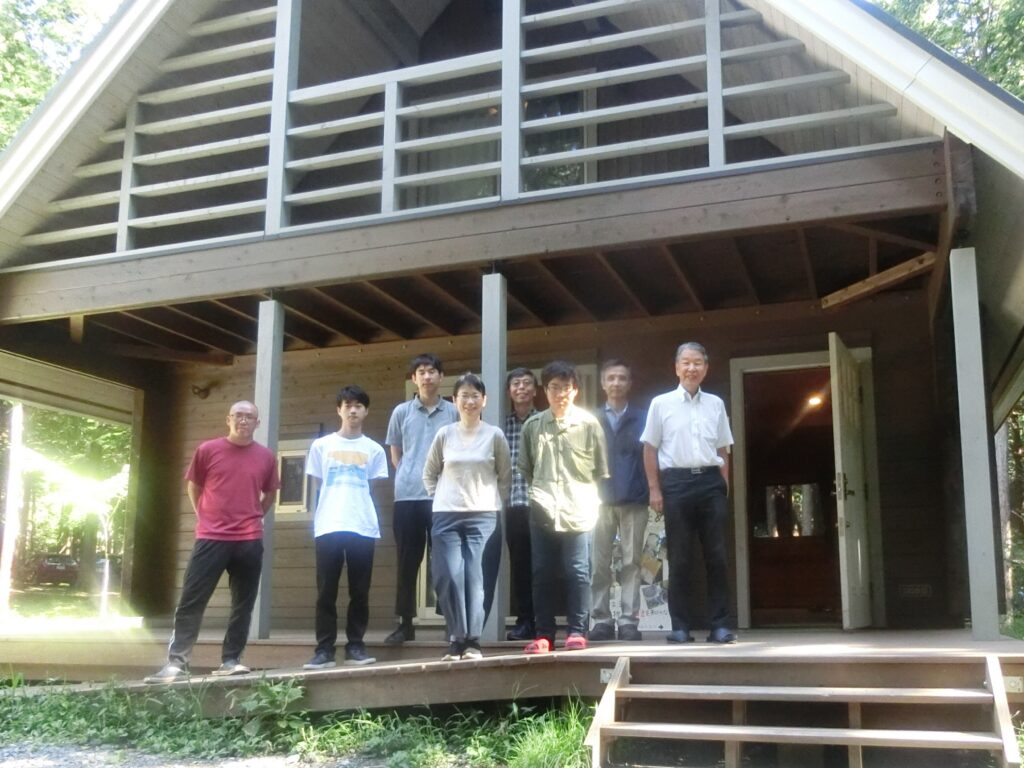
Group photo in front of the cottage
This second retreat was a two-day, one-night stay (September 9–10) at Shinshu Oshiba Kogen in Nagano!
With the theme of forest conservation, the two days focused on understanding the current state of Japan’s forests—through direct observation using Ina City as a case study.
We also expanded the Youth Eco network through interaction with local residents!
On the first day, we had an exciting self-introduction session.
Listening to each participant’s activities, we found common ground and learned new things.
For dinner, we enjoyed local Shinshu specialties like Ramen (a local noodle dish, not to be confused with regular ramen) and Sanzoku-yaki (fried chicken).
Do you know about Ramen? According to the Shinshu University students, it’s similar to yakisoba (fried noodles)!
Everyone was curious and gave it a try!
My personal impression as the writer of this article: it was like yakisoba, but with more broth and a slightly milder flavor.
The cottage where we stayed had a lovely woody aroma, and it felt like being surrounded by the forest—refreshing and relaxing.
That evening, we held a Youth Econet Committee Meeting in the cottage, focusing on topics like the EcoPro exhibition and lectures from Shinshu University students.
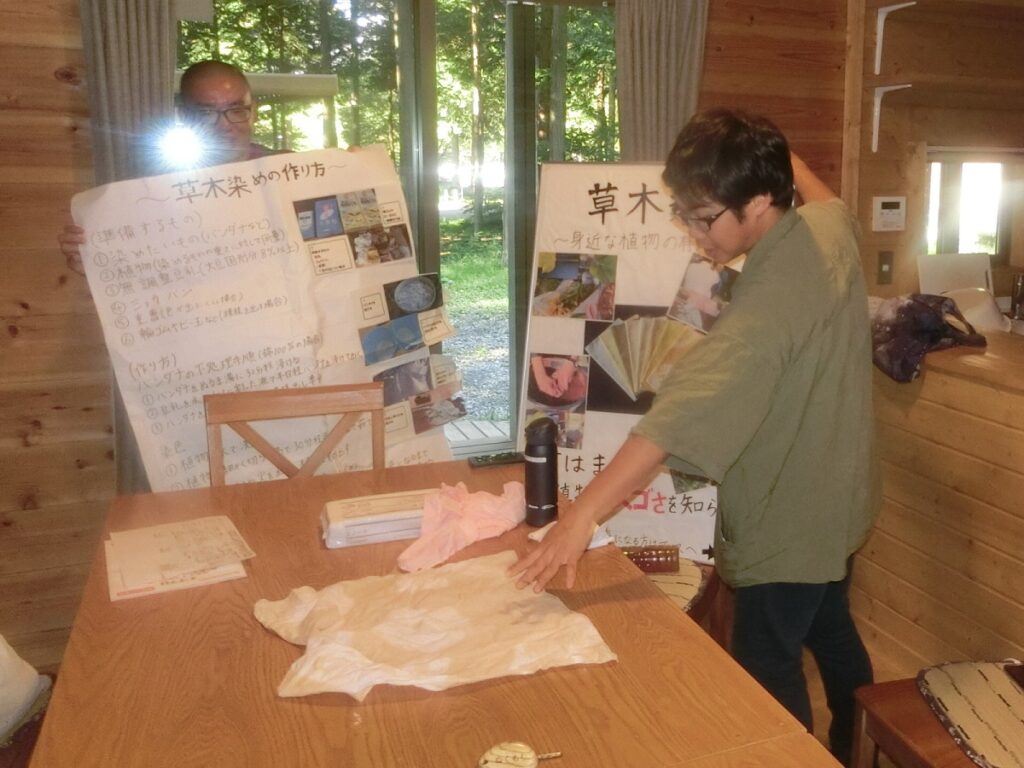
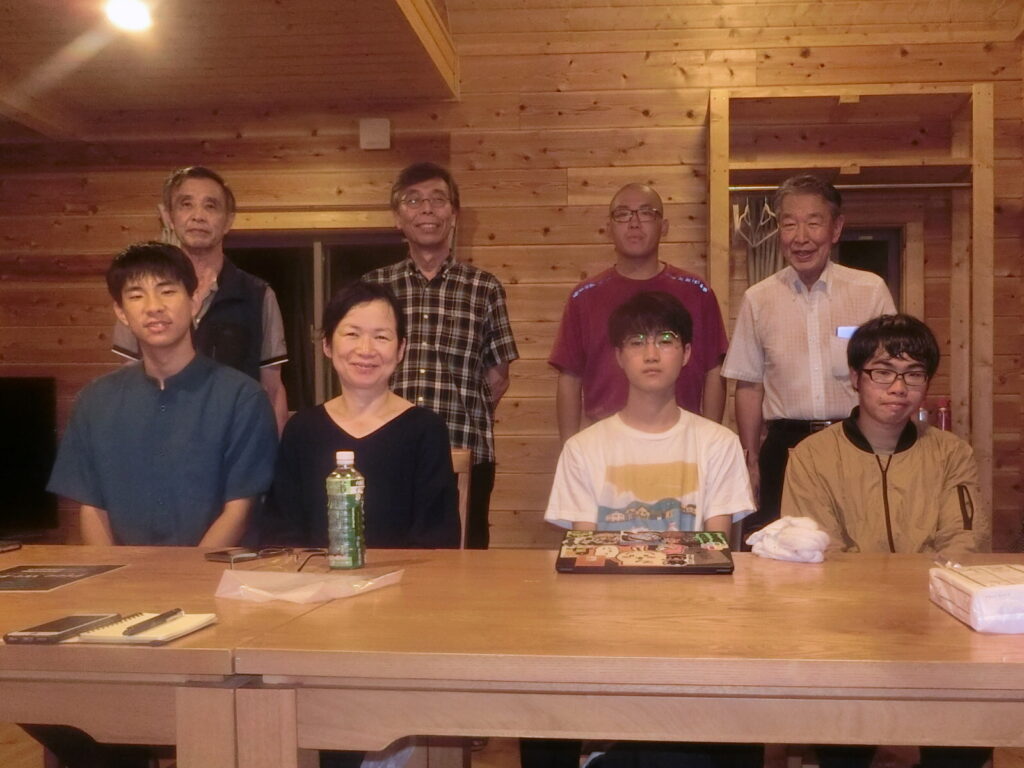
We learned how to extract dye from onion skins and use it to dye fabric!
Onion skins, which are usually thrown away, can be reused as a natural dye source.
In addition to onions, you can extract pigments from other ingredients by simmering them in water.
By soaking the fabric in lukewarm water, you can achieve vivid colors.
You can try it at home too—give it a try!
On the second day, we visited Shimin no Mori, a rare lowland forest covering approximately 68 hectares.
Over 70% of the trees are Japanese red pines, with coniferous species like Sawara cypress and Hinoki cypress, and broadleaf species like Koshiabura and Konara oak forming a mixed forest.
The forest is being preserved as a shared community resource to be passed on to future generations.
We had a rare opportunity to hear birdsong that you would almost never hear in the city—it was a valuable experience.
What surprised us the most was the bio-toilet, which uses soil microbes to break down human waste!

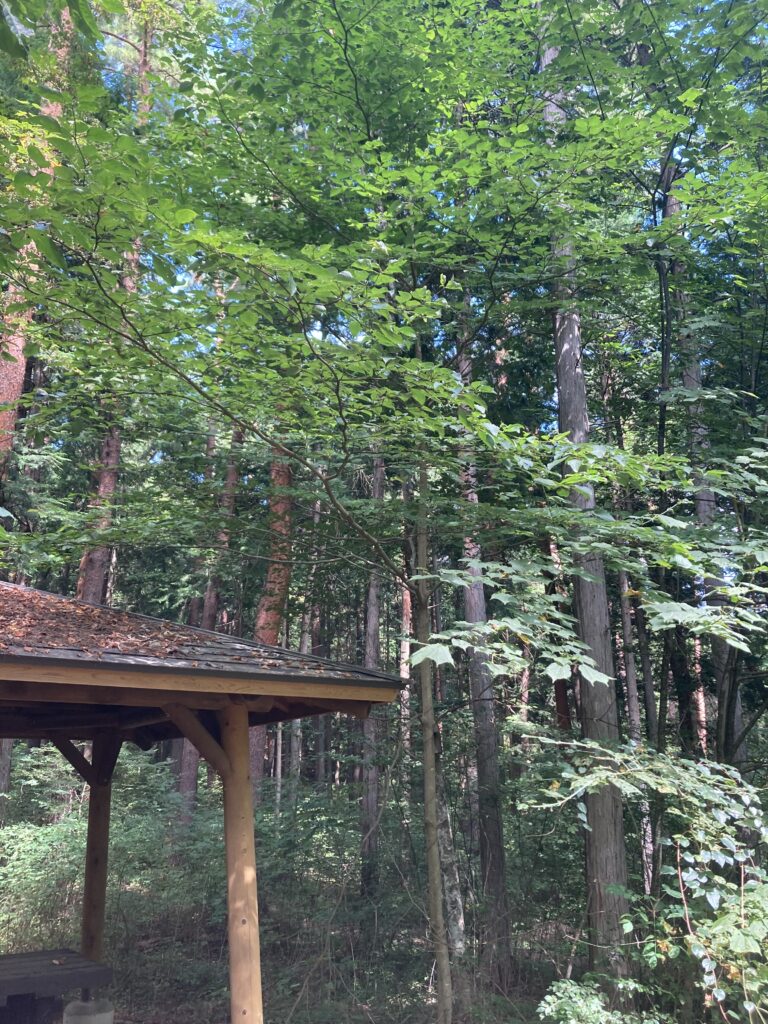
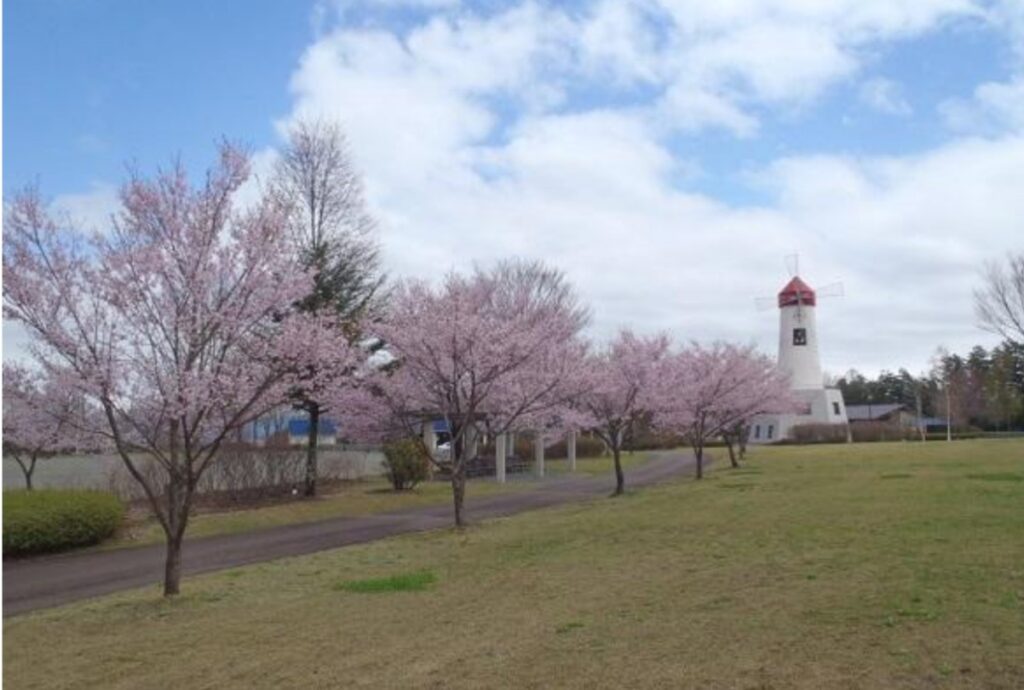
At Hatobuki Park, the 15th “Poppo Market” was being held!
There were vendors selling cold drinks like lemonade and coffee, raw (unheated) honey, and a flea market offering clothes, toys, and more.
Photos courtesy of:伊那市ホームページ


